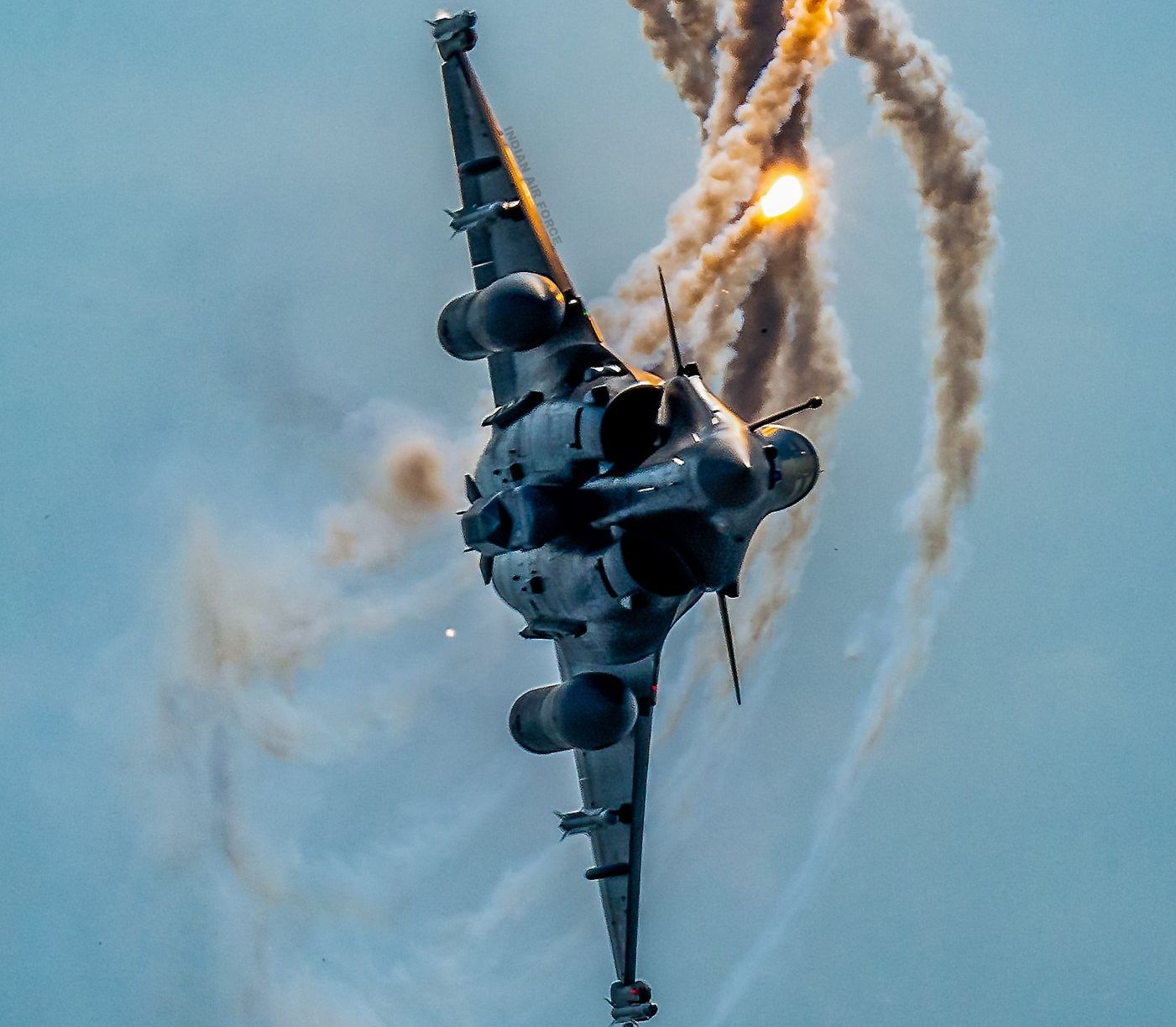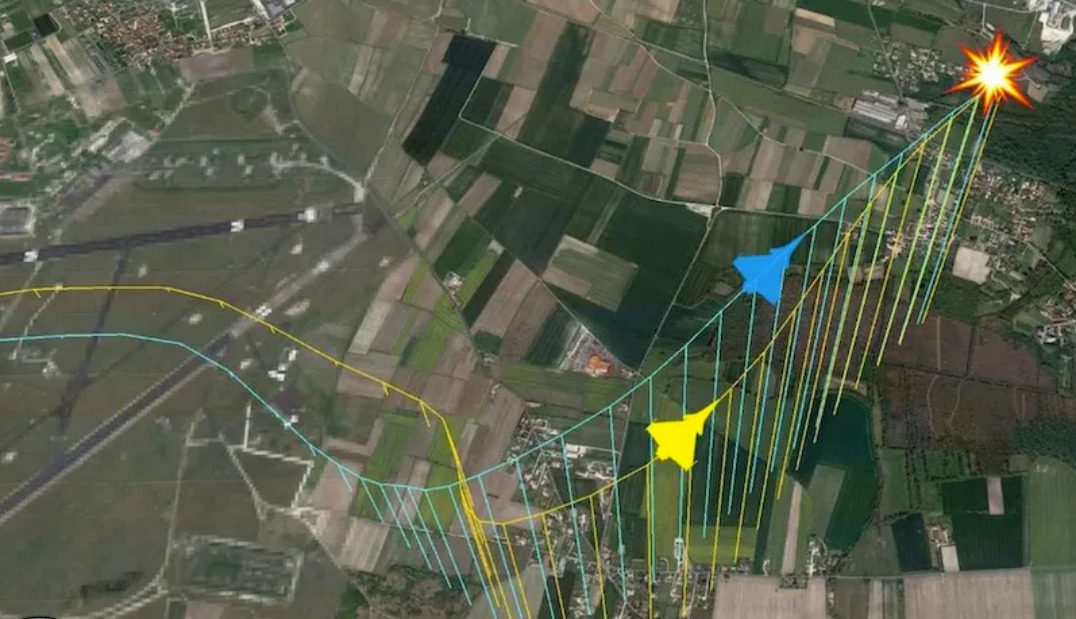The mid-air collision of two French Rafale fighters that occurred in 2022 during an air show was actually the result of a series of human and organizational factors. This was disclosed in the final report of the French Investigation Bureau for State Aviation Safety (BEA-E).
Once Inspired By F-35, Now Korean KF-21 Boramae ‘Challenges’ US Stealth Fighter For Polish Air Force Deal
The BEA-E report provided a comprehensive account of the incident’s specifics and the contributing factors.
During the Cognac National Air Meeting on May 22, 2022, two Rafale C fighter jets from the Vautour Bravo tactical display team of the 30th Fighter Wing were performing a basic tactical presentation. This presentation included standard maneuvers used in operational training.
The pilots had practiced the routine extensively, both in real flight sessions and simulators. The weather was favorable, and both aircraft were considered airworthy according to maintenance protocols.
Towards the end of the presentation, while executing a low-altitude, high-speed pass known as a “show of force” near the runway, the team leader initiated a steep climb for a maneuver called an “Oreille.”
The wingman followed closely but noticed a significant closure rate. The leader confirmed flying at 200 knots instead of the typical 250 knots for this phase.
The wingman requested an acceleration, leading the leader to increase power and adjust the aircraft’s pitch downward as the wingman approached from behind and beneath.
Despite their efforts to avert a collision, there were two consecutive impacts that resulted in significant damage, including the wingman losing their vertical stabilizer and causing substantial harm to the leader’s right canard.
Though damaged, both aircraft remained under control, allowing the pilots to execute a secure landing at the 709 Cognac-Châteaubernard air base.
Notably, both pilots emerged from this incident without injuries. However, debris from the collision damaged a house in the nearby town of Gensac-la-Pallue, emphasizing the broader consequences of the mid-air collision.
Factors Leading To The Incident
The investigation into the mid-air collision has identified a combination of organizational and human factors as contributing causes.
The report said that during training, a decision was made to alter the parameters of the “oreille” maneuver, involving a steeper climb, different altitudes, and slower speeds. However, this change was neither formally validated nor documented, which introduced unexpected risks.

The modified program lessened the room for mistakes during the maneuvers. Furthermore, inadequate spatial awareness and poor communication between the pilots during a critical presentation phase played a role in the collision.
The team’s limited experience in performing air displays for the public, coupled with a desire for an aesthetically pleasing presentation and a degree of overconfidence, may have underestimated the associated risks.
The interruption of air shows for two years due to the COVID-19 pandemic further eroded the collective experience of the “Vautour Bravo” team in performing in front of live audiences, which contributed to organizational mistakes and increased stress levels. These interconnected factors shed light on the reasons behind the incident.
The report underscores a significant skill disparity between aerobatic teams like the Patrouille de France, known for their experience in public presentations, and the tactical display teams of the French Air and Space Force, consisting of fighter pilots.
Following the investigation into the mid-air collision at the Cognac National Air Meeting, the BEA-É has put forth several recommendations directed towards the French Air and Space Force, with the overarching goal of improving safety and averting similar incidents in the future.

One of the key recommendations by the BEA-É is that the French Air and Space Force should engage external expert pilots, including air display specialists, to review and assess the content of tactical presentation programs before formal approval.
This external perspective can offer valuable insights, helping to pinpoint potential risks or deviations from safety standards that might otherwise go unnoticed.
In an effort to enhance awareness of the risks associated with public displays at airshows, the BEA-É also advises the French Air and Space Force to establish a more structured and comprehensive training and awareness program tailored to tactical presentation teams.
This specialized training should center on comprehending the unique challenges and considerations involved in performing before live audiences.
It should cover aspects like managing potential distractions and coping with the stress that comes with such performances.
According to the report, by implementing these recommendations, the French Air and Space Force could bolster safety measures and minimize the likelihood of future incidents during air displays.
- Contact the author at ashishmichel(at)gmail.com
- Follow EurAsian Times on Google News




